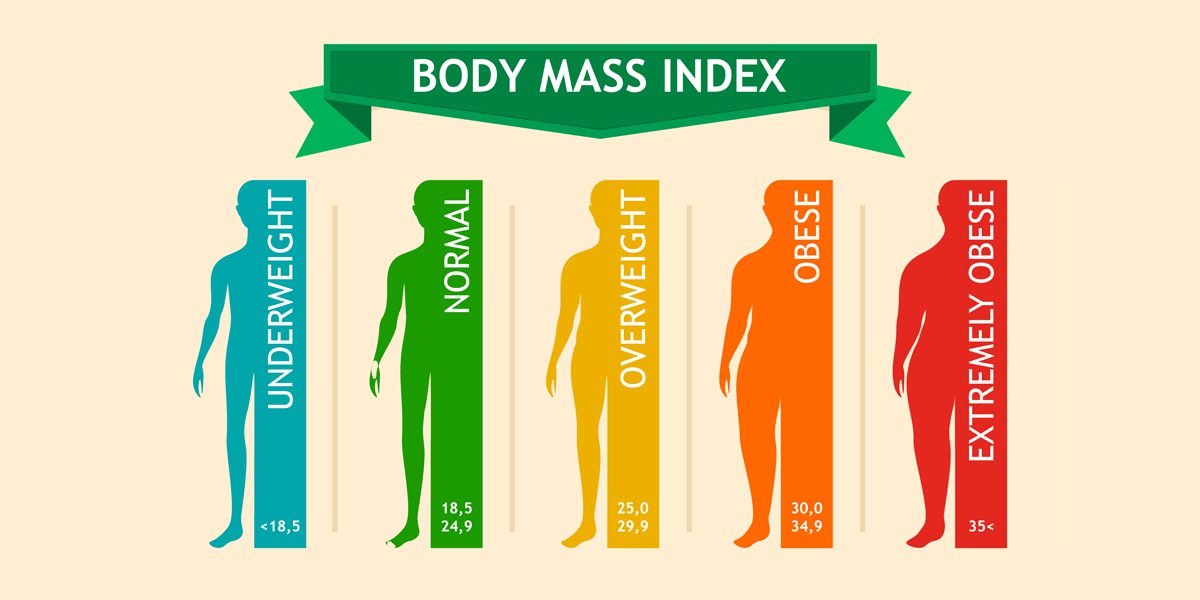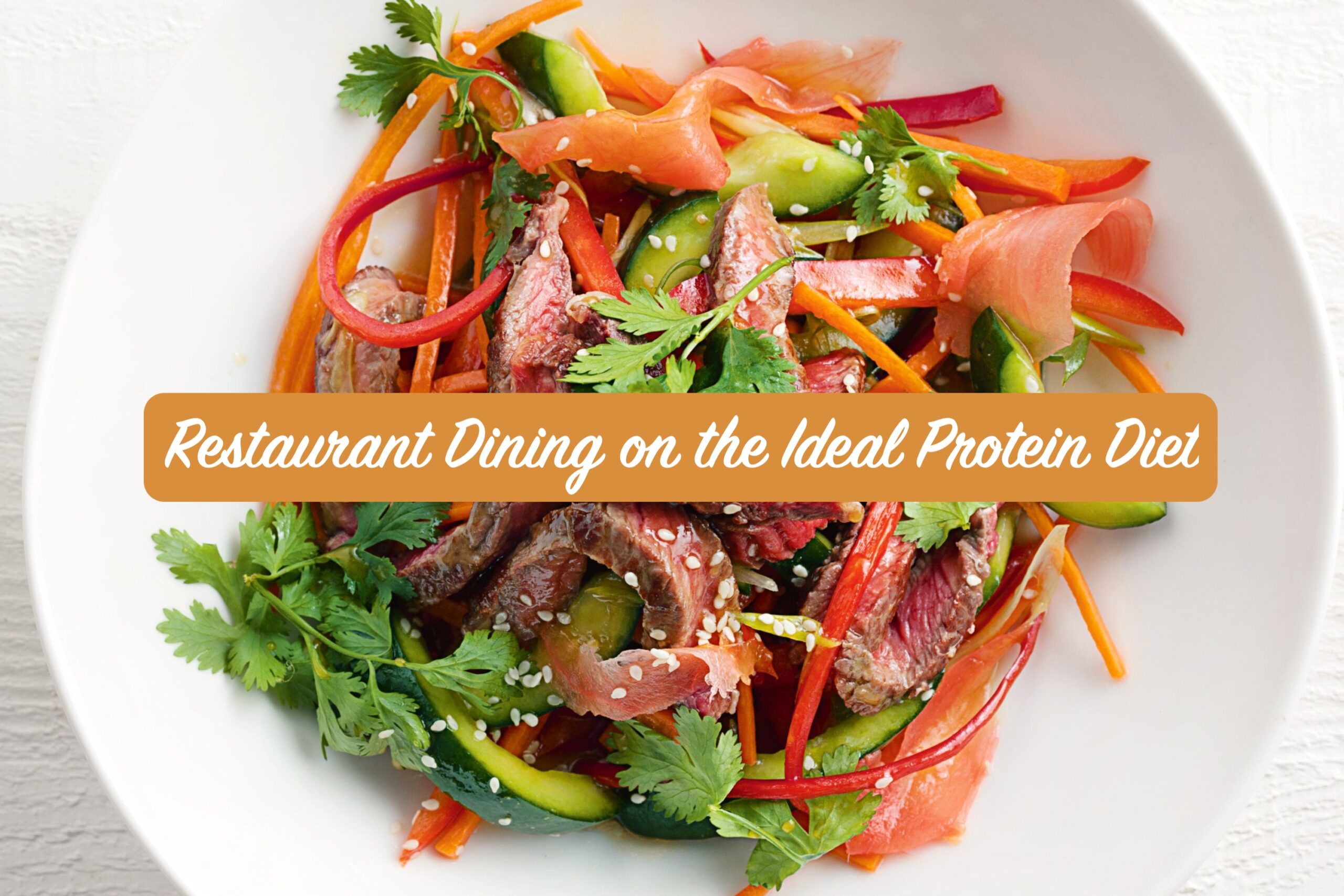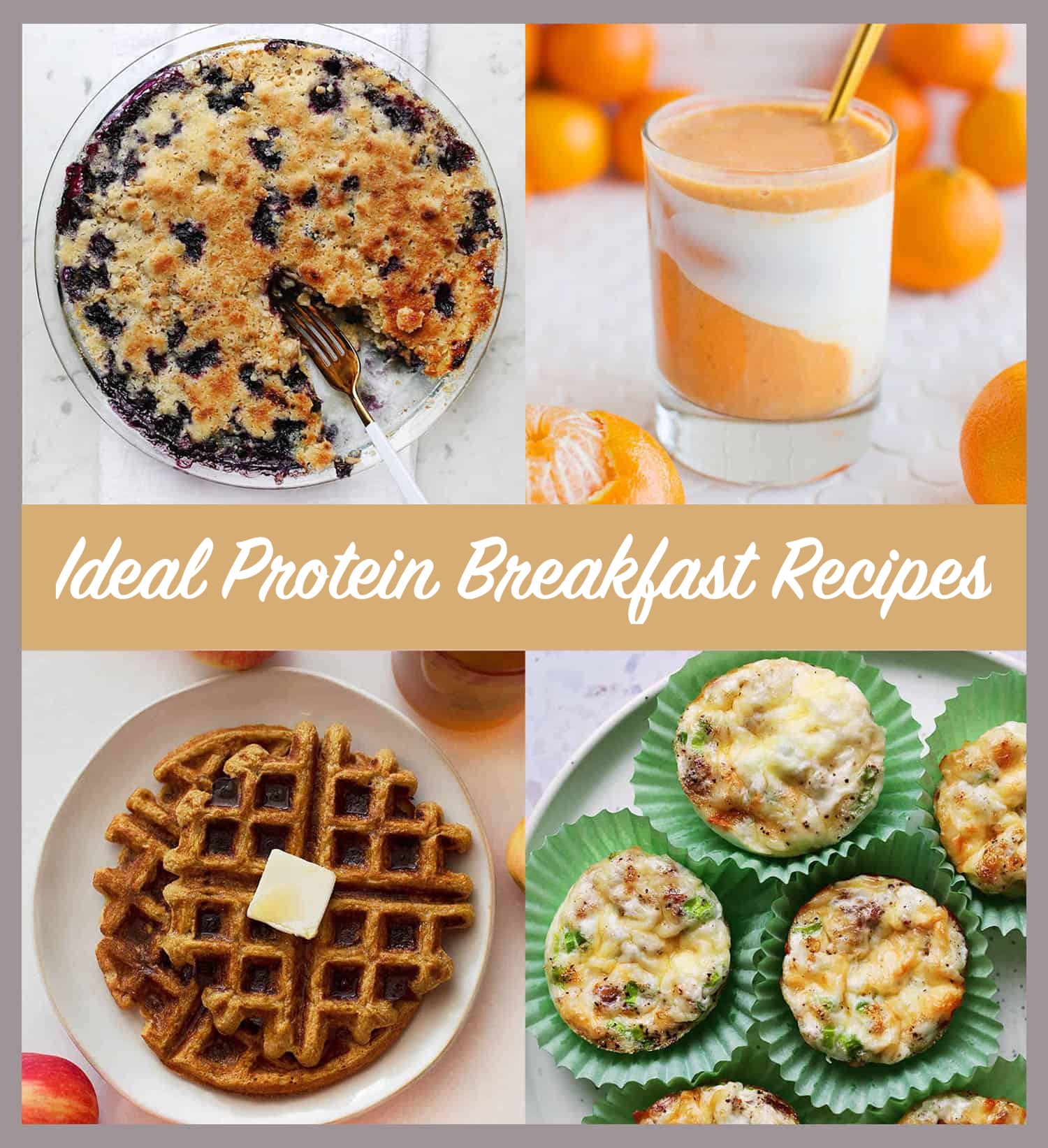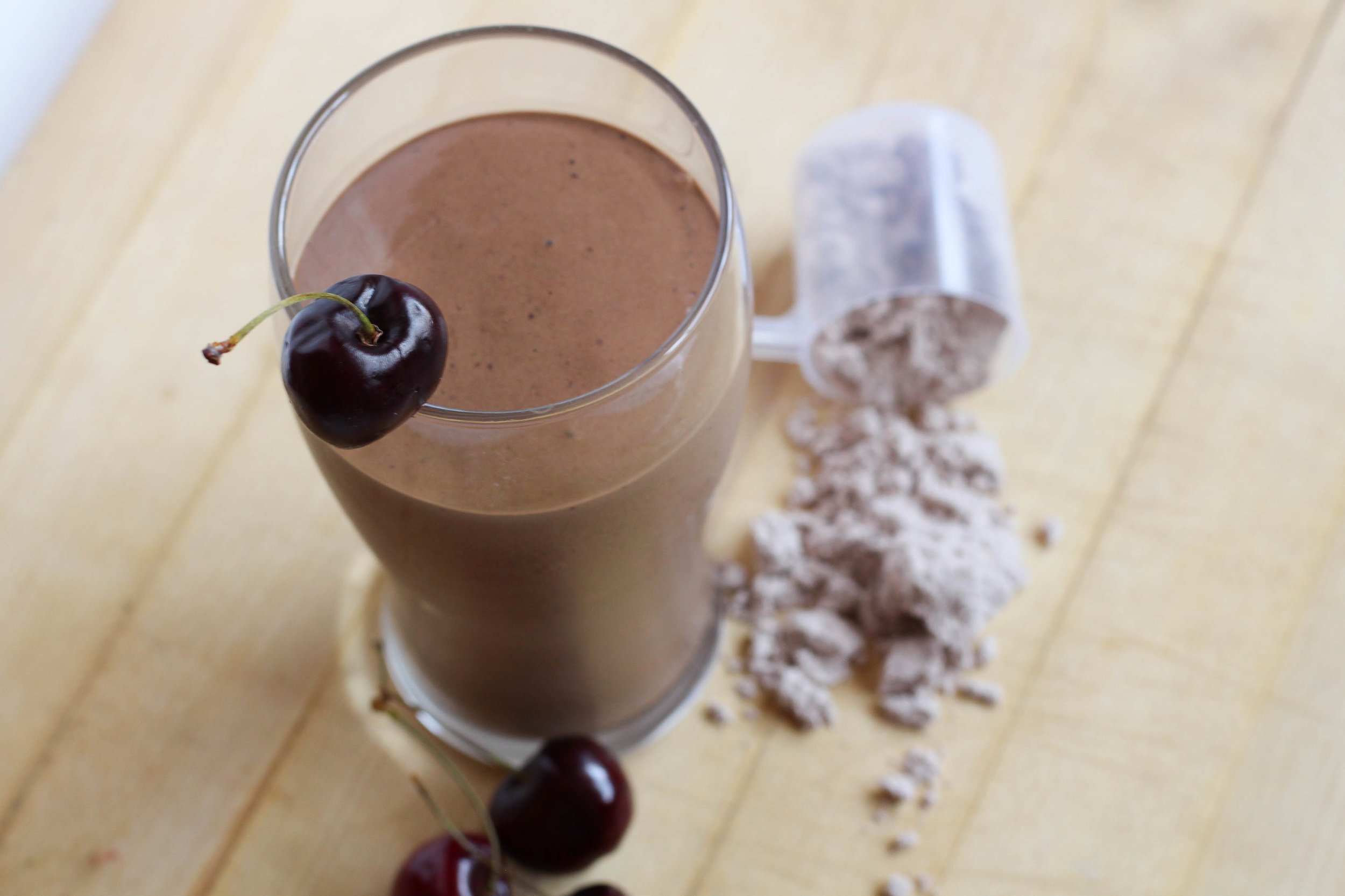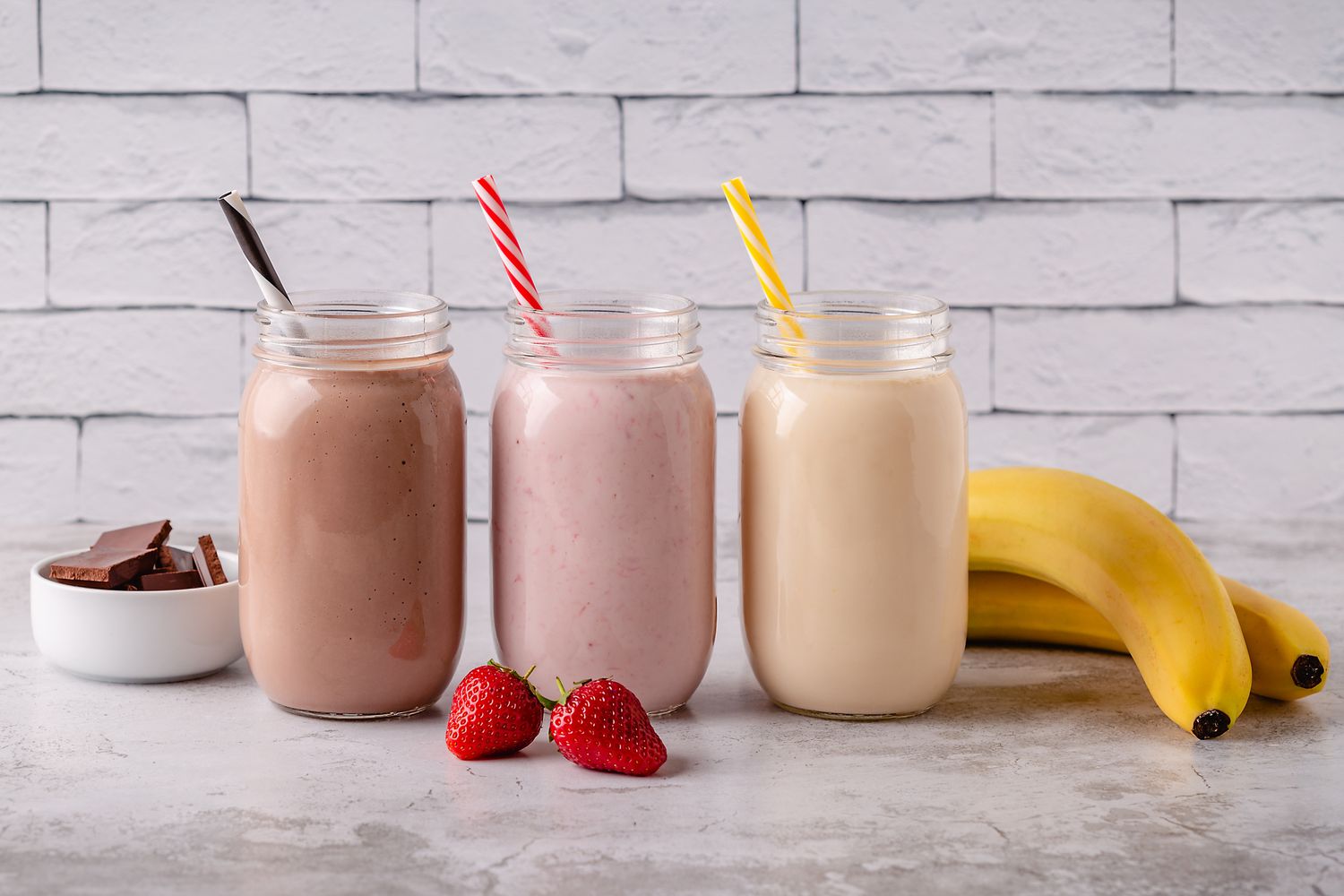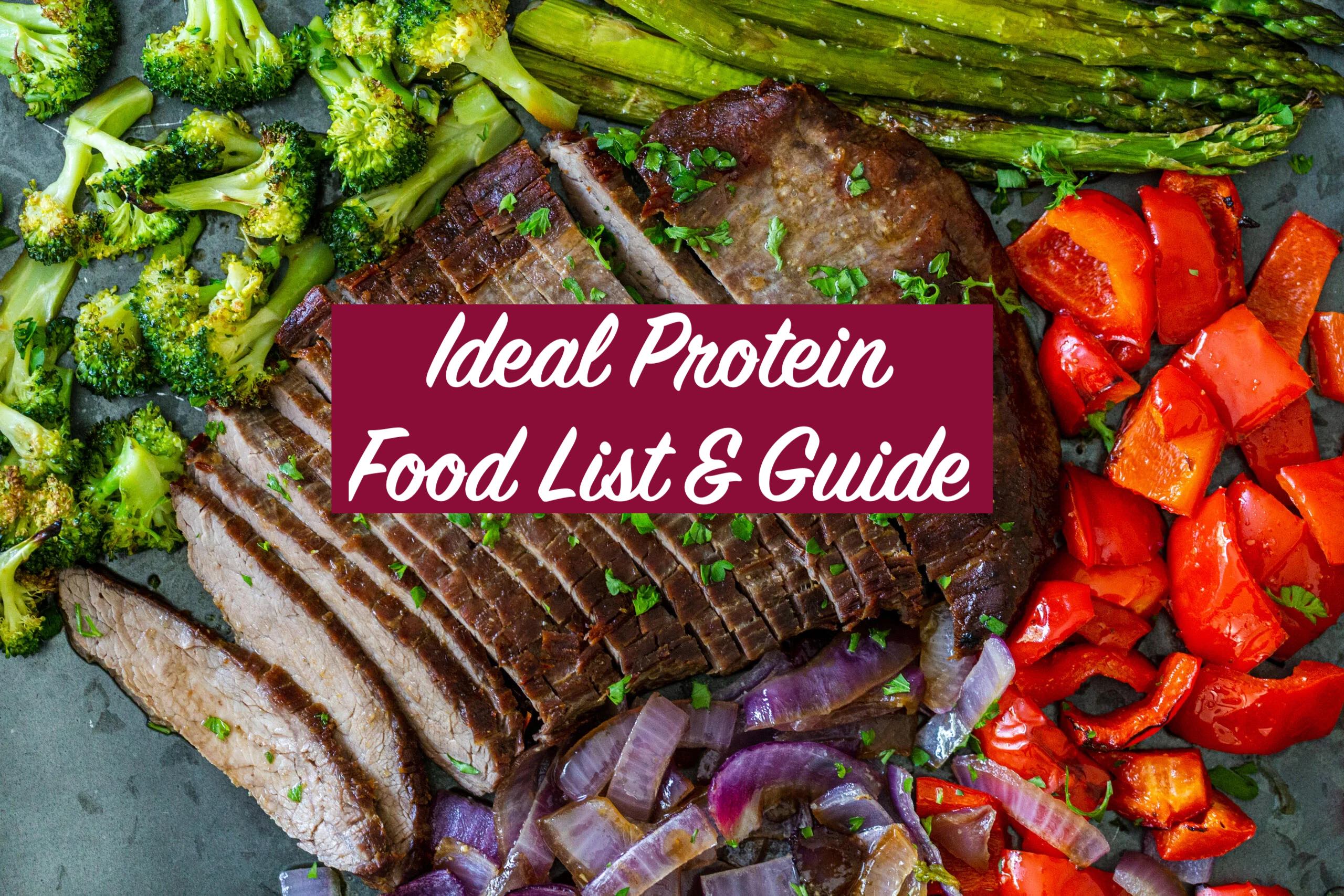Stop Comparing Yourself to Others
In a world filled with social media snapshots of seemingly carefree individuals indulging in decadent meals without a hint of consequence, it’s easy to fall into the trap of comparing our own dietary choices, bodies, and metabolic health to those around us. However, it’s crucial to recognize that each person is unique, and what works for one may not necessarily work for another. In this blog post, we’ll explore the dangers of comparing ourselves to others in terms of diet, body image, and metabolic health, and why it’s essential to embrace our individuality when it comes to making lifestyle choices.
The Illusion of “Getting Away” with Unhealthy Choices
Scrolling through social media, you might come across people who seemingly consume an array of indulgent, high-calorie foods with reckless abandon, yet maintain a physique that suggests no adverse effects. It’s essential to remember that appearances can be deceiving. Genetics, metabolism, and underlying health conditions play significant roles in how our bodies respond to different foods.
What works for one person may not work for another, and the illusion of “getting away” with unhealthy choices may hide potential health concerns beneath the surface. Some individuals might appear healthy while silently battling issues such as high cholesterol, inflammation, or nutrient deficiencies. Rather than comparing ourselves to these external images, it’s crucial to focus on our unique needs and what our bodies are telling us.
Understanding Bioindividuality
Bioindividuality emphasizes that each person has a unique genetic makeup, lifestyle, and health history. Therefore, it’s unrealistic to expect identical outcomes from adopting the same dietary choices as someone else. While some people may thrive on a specific diet, others may experience adverse effects or fail to see the same benefits.
Comparing our bodies and metabolic health to others not only disregards the concept of bioindividuality but can also lead to unhealthy habits and unnecessary stress. Rather than fixating on external factors, we should prioritize listening to our bodies, understanding our specific nutritional needs, and recognizing the signs of well-being or potential issues.
Your Journey, Your Rules
Embracing your individuality means understanding that your journey is unique, and what works for someone else may not necessarily work for you. Instead of adhering to societal expectations or mimicking others, focus on building a healthy relationship with food and adopting lifestyle choices that resonate with your body and mind.
Pay attention to how your body responds to different foods, monitor your energy levels, and be mindful of any warning signs. Your journey is a constant exploration of what makes you feel your best, both physically and mentally. By acknowledging and respecting your body’s cues, you can make informed decisions that support your well-being.
In a world that often encourages comparisons, especially in the realm of dietary choices and body image, it’s vital to step back and appreciate our individuality. Remember that what works for others may not work for you, and the illusion of “getting away” with unhealthy choices may hide potential health concerns.
Embrace bioindividuality, listen to your body, and make choices that align with your unique needs. Your journey is your own, and by prioritizing your health and well-being, you can maximize your capabilities and lead a fulfilling life. Let go of comparisons, celebrate your individuality, and take charge of your path to optimal health.


